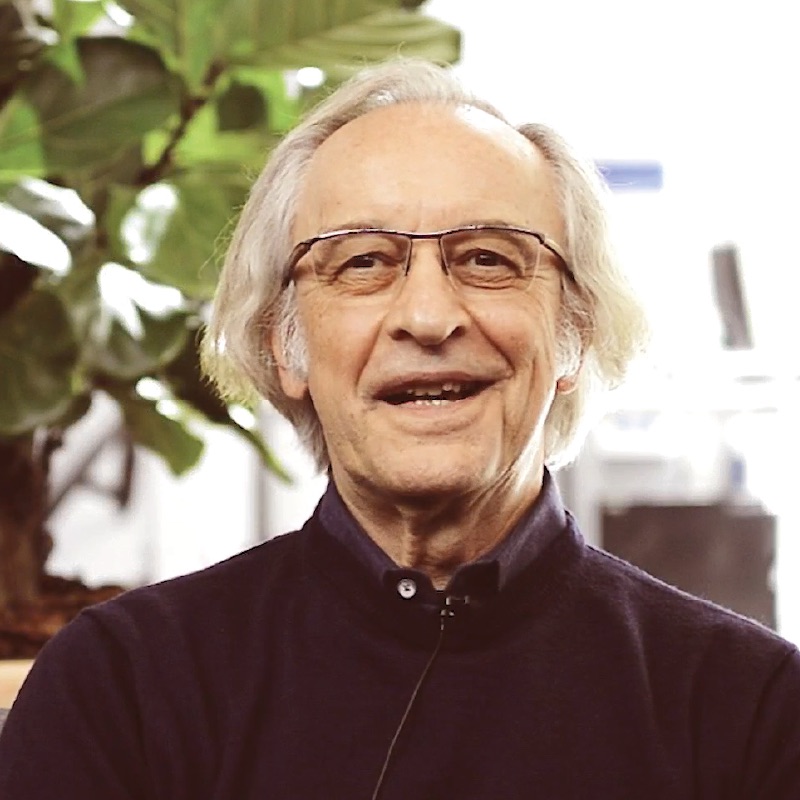Revealing biomolecular insights never before available
Molecular mechanisms are at the heart of understanding biology
Unable to observe molecular processes in real time, they often fail to reveal crucial mechanistic details of the molecular factors at play. This lack of direct observation of the underlying dynamic processes often results in ambiguous data, not suited to deliver clear insights.

Dynamic Single-Molecule, the missing link
Dynamic Single-Molecule combines live visualization, manipulation, and force measurement at the smallest molecular scale, leads to single-molecule imaging and base-pair resolution measurements of the interactions between biomolecules. Taken together, this provides – for the first time – the crucial dynamic and functional mechanistic information that is complementary to molecular structure, bulk functional assays, and cell imaging.

The Dynamic Single-Molecule workflow
Explore your research application
Study and visualize DNA replication mechanisms at the nanoscale
Study and visualize DNA transcription mechanisms at the nanoscale
Study and visualize DNA repair processes at the nanoscale
Discover the mechanisms and roles of chromatin organization and decipher the epigenetic code
Reveal the structural dynamics of RNA & DNA in real time
Study and visualize DNA editing mechanisms on the nanoscale
Uncover mechanical principles of cellular function at the molecular level
From fundamental mechanism to biological function – explore biomolecular condensates across scales
Study cytoskeletal motors in real-time at the nanoscale
Study protein folding and conformational dynamics at the nanoscale
C-Trap
Biomolecular interactions re-imagined
The C-Trap® provides the world’s first dynamic single-molecule microscope to allow simultaneous manipulation and visualization of single-molecule interactions in real time.

Filter DSM shows 3 items
There is a hidden collection to add multiple authors to this publication.
This section is hidden when emtpy.
To keep everything visible here, that is being done outside the webflow designer from within Slater.
Migrasome formation is initiated preferentially in tubular junctions by membrane tension
E. coli RecB Nuclease Domain Regulates RecBCD Helicase Activity but not Single Stranded DNA Translocase Activity
Rapid Long-distance Migration of RPA on Single Stranded DNA Occurs Through Intersegmental Transfer Utilizing Multivalent Interactions
Filter DSM and show 4 latest
This shows the most recent card of each resource type filtered on Business Unit
Webinar, Scientific update, Whitepaper, Application note, Brochure.
We only show 4 and we have 6 types so the 2 older ones are hidden.
In design only 1 is shown, but the rest will be loaded when published.
C-Trap Accelerator Suite
Get an inside look at the new C-Trap Accelerater Suite and see how it can transform your experiments. Our product managers will walk you through the powerful new features, which are designed to make your C-Trap faster, easier to use, and more reproducible than ever.
Linking Mechanical Stability with in vivo Recombination: Single-molecule Research Reveals Bacterial Antibiotic Resistance
Golden Gate meets C-Trap: A powerful combination for unprecedented molecular insights
Precisely manipulating genetic material at the single molecule level is gaining importance across life sciences – and so do the tools that allow researchers to do exactly that. The C-Trap system combines single molecule fluorescence microscopy with optical tweezers to manipulate DNA, allowing researchers to directly observe and track molecular events as they occur. Designing and creating specific DNA constructs is crucial for maximizing the potential of single molecule studies. In this application note we introduce the powerful combination of cutting edge biochemistry and single-molecule visualization methods to increase throughput and maximize the results gained from each individual measurement.
C-Trap Product Brochure
AACR 2025


























































































